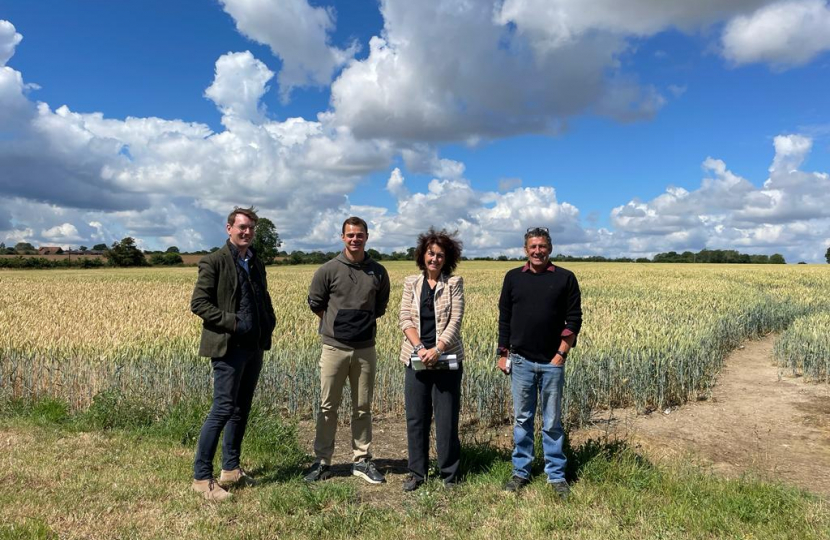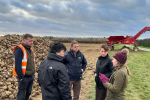
The announcement of the Environmental Improvement Plan is a huge step forward in our commitment to leaving the environment in a better state than we found it. There is no denying that the state of our unique natural environment is in decline, so I welcome this commitment to find innovative ways to restore a crucial balance, through protecting rare species, improving access to green space and protecting our rivers and waterways.
Building on previous progress, the plan crucially addresses water quality and the protection of rivers; something which I know is important to many across the constituency. It details the introduction of ten actions on water efficiency in new developments, restoring 400 miles of river through the first round of Landscape Recovery projects and establishing 3,000 hectares of new woodlands along England’s rivers. Suffolk and East Anglia are home to some of the most precious chalk stream habitats in England which are as crucial as rainforests, so I welcome the government’s action on this matter. It is vital we develop stringent regulations to protect these ecosystems for our children and grandchildren.
Also welcome is a multi-million pound Species Survival Fund to protect some of our rarest animals. Through the support of Government schemes, we aim for 65 to 80 per cent of landowners and farmers to adopt nature-friendly farming practices on at least 10 to 15 per cent of their land by 2030. They will also be supported to create or restore 30,000 miles of hedgerows a year by 2037 and 45,000 miles of hedgerows a year by 2050, providing a real boost for biodiversity.
Regarding waste, the Government will make it easier to minimise waste, with new interim targets for 2028 to reduce different types of waste, including plastic, glass, metal, paper, and food. The EIP sets out a clear framework to ensure that progress can be clearly tracked; we have to reduce, reuse or recycle more.
I have confidence that this plan will restore nature, support green growth, and enhance beauty, heritage, and engagement with the natural environment, all of which are crucial in moving to protect our unique ecosystems.

